
I recently wrote a blog about the term “sustainable mining” and the different perspectives to it. Does sustainable mining mean having a long term sustainable mining industry or does it mean providing sustainable benefits to local communities? There are two ways you can look at it. If interested, the link to that blog is here.
It’s no surprise that the mining industry wants to promote more sustainable mining practices. It’s the right thing to do. However, in my experience, sometimes NPV analysis can be at conflict with sustainable mining practices. That opinion is from my engineering perspective. Those working in the CSR field may have a different view on it.
Majors, mid-tiers, juniors see things differently
There are essentially three different types of mining companies; majors; mid-tiers, and junior miners. They have different financial constraints imposed upon them and these constraints will impact on their decision making.
 In general to get financing and investor interest, development projects must demonstrate a high NPV, high IRR, and short payback period. This requirement tends to apply more to the small and mid tiered companies than to the major companies. The majors normally have different access to financing.
In general to get financing and investor interest, development projects must demonstrate a high NPV, high IRR, and short payback period. This requirement tends to apply more to the small and mid tiered companies than to the major companies. The majors normally have different access to financing.
A characteristic of NPV analysis and cashflow discounting is the penalizing of higher upfront costs whilst reducing the economic impacts of longer term deferred costs. This feature, combined with the need to manage NPV, will influence design decisions and operating philosophies. Ultimately this will impact on the rate of adopting of sustainable mining practices.
Mining companies often have two masters they must try to satisfy. One master is the project investor(s) that wants their investment returns quickly and with limited risk. The second master is the local stakeholder that wants a safe project with long lasting benefits to the community. NPV analysis often requires trading-off the needs of one master over that of the other. This trade-off is neither right nor wrong; it is simply a reality.
Major miners now seem to have a third master; i.e large pension funds. These funds are now demanding for more sustainable mining practices (mainly tailings related) and mining companies are trying to comply. Smaller mining companies thus far don’t have this third master to satisfy, although that may come soon. Hence smaller miners are apt to follow a somewhat different path with regards to sustainable mining implementation. NPV plays a significant role in their decision making.
NPV…friend or foe
 There are several scenarios where NPV analysis decision making may conflict with the objectives of sustainable mining. Here are a few examples.
There are several scenarios where NPV analysis decision making may conflict with the objectives of sustainable mining. Here are a few examples.
1. Minimizing capital expenditures at the expense of operating costs. The likelihood of success in creating a long life sustainable mine will improve by having low metal cash costs. Naturally there will be a benefit in having low operating costs. However sometimes achieving low operating costs will require higher capital investments. For example, this could involve using large capacity material handling mining systems (IPCC) to lower unit costs.
NPV analysis will tend penalize these large investments by discounting the future operating cost savings. Being in the lowest cost quartile is good thing; being in the highest cost quartile isn’t. Higher operating costs can hurt the long term sustainability of an operation, especially during downturns in commodity prices.
2. Tailings disposal method trade-offs are affected by NPV analysis. Currently there is an industry push towards safer and sustainable tailings storage methods, like paste or dry stack. However the upfront processing and materials handling capex can be significant. Hence less desirable conventional style tailings disposal may often be the winners in tailings trade-off studies due to NPV.
3. Closure considerations incorporated in the early mine design stage are affected by NPV analysis. A large cost component of mine closure is related to waste rock and tailings reclamation. However since final closure costs are deferred, they might be given less consideration in the initial design. In many studies, high closure costs can be deemed insignificant in the project NPV due to discounting. Eventually these high costs will need to be incurred. Unfortunately they might have been mitigated by wise decision making earlier in the project life.
 4. Low grade ore stockpiling can help to increase early revenue and profit, thereby improving the project NPV and payback. Stockpiling of low grade and prioritization of high grade means that lower grade ore will be processed in the later stages of the project life. Who hasn’t been happy to develop a mine schedule with the grade profile shown on the right?
4. Low grade ore stockpiling can help to increase early revenue and profit, thereby improving the project NPV and payback. Stockpiling of low grade and prioritization of high grade means that lower grade ore will be processed in the later stages of the project life. Who hasn’t been happy to develop a mine schedule with the grade profile shown on the right?
If low grade years are coupled with a dip in metal price cycles, the mine could become economically unsustainable. Shutting down a mine and putting it on “care and maintenance” is short term in intention but often long term in duration (over 30 years in some cases).
Mark Bristow of Barrick briefly discussed the issue of high grading in this interview.
5. Low strip ratios in the early stages of a project are often a feature of the ore body itself. However mine plans can also be designed to defer high strip ratios into the future via the use of proper pit phasing. This is another way to defer operating costs into the future. The NPV will see the benefit, long term sustainability may not.
6. Project life selection based on NPV analysis may not show significant economic difference between a 15 year project and one with a life of 25 years. Project decisions could then favor a short life project. This could relate to smaller pit pushbacks, smaller tailings ponds, smaller waste dumps, and easier permitting. Possibly the local community would prefer a long life project that provides more sustainable jobs and business opportunities. NPV may see it differently.
 7. Accelerated depreciation, tax and royalty holidays are types of economic factors that will improve NPV and early payback. They are one tool governments use to promote economic activity. These tax holidays will greatly enhance the NPV when combined with high grading and waste stripping deferral.
7. Accelerated depreciation, tax and royalty holidays are types of economic factors that will improve NPV and early payback. They are one tool governments use to promote economic activity. These tax holidays will greatly enhance the NPV when combined with high grading and waste stripping deferral.
Unfortunately reality hits once the tax holiday is over and suddenly taxes or royalties become payable. At the same time head grades may be decreasing and strip ratios increasing. Future cashflows may carry an additional economic burden, which may conflict with the goal of a sustainable mine.
Conclusion
 NPV is one of the standard metrics used to make project decisions. The deferral of upfront costs in lieu of future costs is favorable for cashflow and investor returns. Similarly, increasing early revenue at the expense of future revenue does the same. Both approaches will help satisfy the financing concerns. However they may not be advantageous for creating long term sustainable projects.
NPV is one of the standard metrics used to make project decisions. The deferral of upfront costs in lieu of future costs is favorable for cashflow and investor returns. Similarly, increasing early revenue at the expense of future revenue does the same. Both approaches will help satisfy the financing concerns. However they may not be advantageous for creating long term sustainable projects.
Riskier projects will warrant higher discount rates. This can magnify the importance of early cashflows even more and future cashflows become even less important.
It will be interesting to see how we (the mining industry) respond as industry leaders make greater commitments to sustainable mining. Both majors and juniors will equally need to work on keeping those commitments. Will NPV analysis help or hurt?



 We hear a lot about the need for the mining industry to adopt sustainable mining practices. Is everyone certain what that actually means? Ask a group of people for their opinions on this and you’ll probably get a range of answers. It appears to me that there are two general perspectives on the issue.
We hear a lot about the need for the mining industry to adopt sustainable mining practices. Is everyone certain what that actually means? Ask a group of people for their opinions on this and you’ll probably get a range of answers. It appears to me that there are two general perspectives on the issue. The solutions proposed to foster sustainable mining depend on which perspective is considered.
The solutions proposed to foster sustainable mining depend on which perspective is considered. If one views sustainable mining from the second perspective, i.e. “What’s in it for us”, then one will propose different solutions. Maximizing benefits for the local community requires specific and direct actions. Generalizations won’t work. Stakeholder communities likely don’t care about the sustainability of the mining industry as a whole.
If one views sustainable mining from the second perspective, i.e. “What’s in it for us”, then one will propose different solutions. Maximizing benefits for the local community requires specific and direct actions. Generalizations won’t work. Stakeholder communities likely don’t care about the sustainability of the mining industry as a whole. There are teams of smart people representing mining companies working with the local communities. These sustainability teams will ultimately be the key players in making or breaking the sustainability of mining industry. They will build and maintain the perception of the industry.
There are teams of smart people representing mining companies working with the local communities. These sustainability teams will ultimately be the key players in making or breaking the sustainability of mining industry. They will build and maintain the perception of the industry.
 Process water supply, water storage and treatment, and safe disposal of fine solids (i.e. tailings) are major concerns at most mining projects.
Process water supply, water storage and treatment, and safe disposal of fine solids (i.e. tailings) are major concerns at most mining projects. Electrostatic separation is a dry processing technique in which a mixture of minerals may be separated according to their electrical conductivity. The potash industry has studied this technology for decades.
Electrostatic separation is a dry processing technique in which a mixture of minerals may be separated according to their electrical conductivity. The potash industry has studied this technology for decades.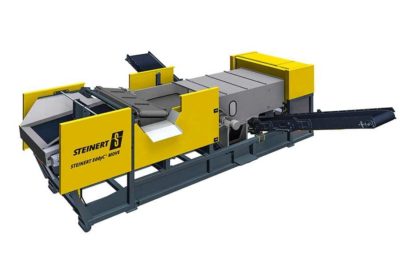 The recovery of non-ferrous metals is the economic basis of every metal recycling system. There is worldwide use of eddy separators.
The recovery of non-ferrous metals is the economic basis of every metal recycling system. There is worldwide use of eddy separators. Given the contentious nature of water supply and slurried solids at many mining operations, industry research into dry processing might be money well spent.
Given the contentious nature of water supply and slurried solids at many mining operations, industry research into dry processing might be money well spent.
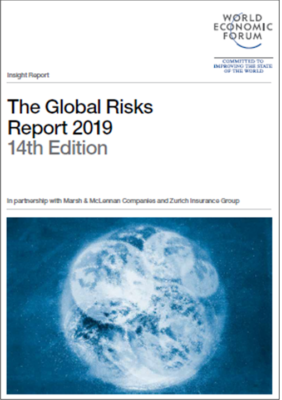 Each year business leaders are queried about what they view as their major risks. The survey results are summarized in the Global Risk Report.
Each year business leaders are queried about what they view as their major risks. The survey results are summarized in the Global Risk Report.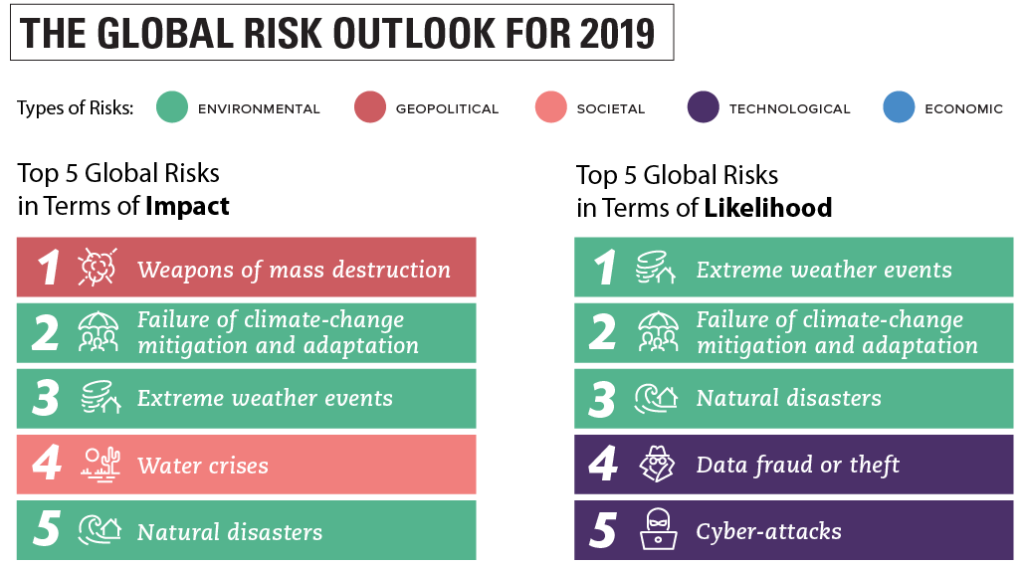
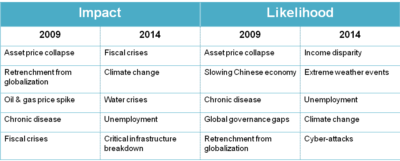 It is also interesting to look at the detailed 10 year table in the report to see how the risk perceptions have changed over the last decade.
It is also interesting to look at the detailed 10 year table in the report to see how the risk perceptions have changed over the last decade.
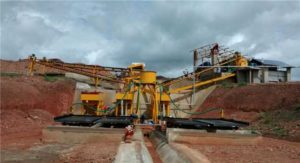

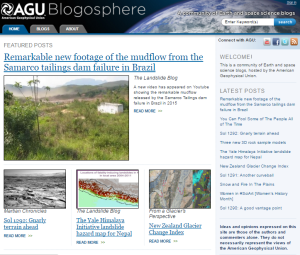
 From time to time the Landslide Blog will examine mine slopes, tailings dams, and waste dump failures, however much of their information relates to natural earth or rock slopes along roads or in towns.
From time to time the Landslide Blog will examine mine slopes, tailings dams, and waste dump failures, however much of their information relates to natural earth or rock slopes along roads or in towns.

 Environmental groups continually discuss ways of forcing regulators and mining companies to take action against the risk of tailings failure. This is commendable.
Environmental groups continually discuss ways of forcing regulators and mining companies to take action against the risk of tailings failure. This is commendable.